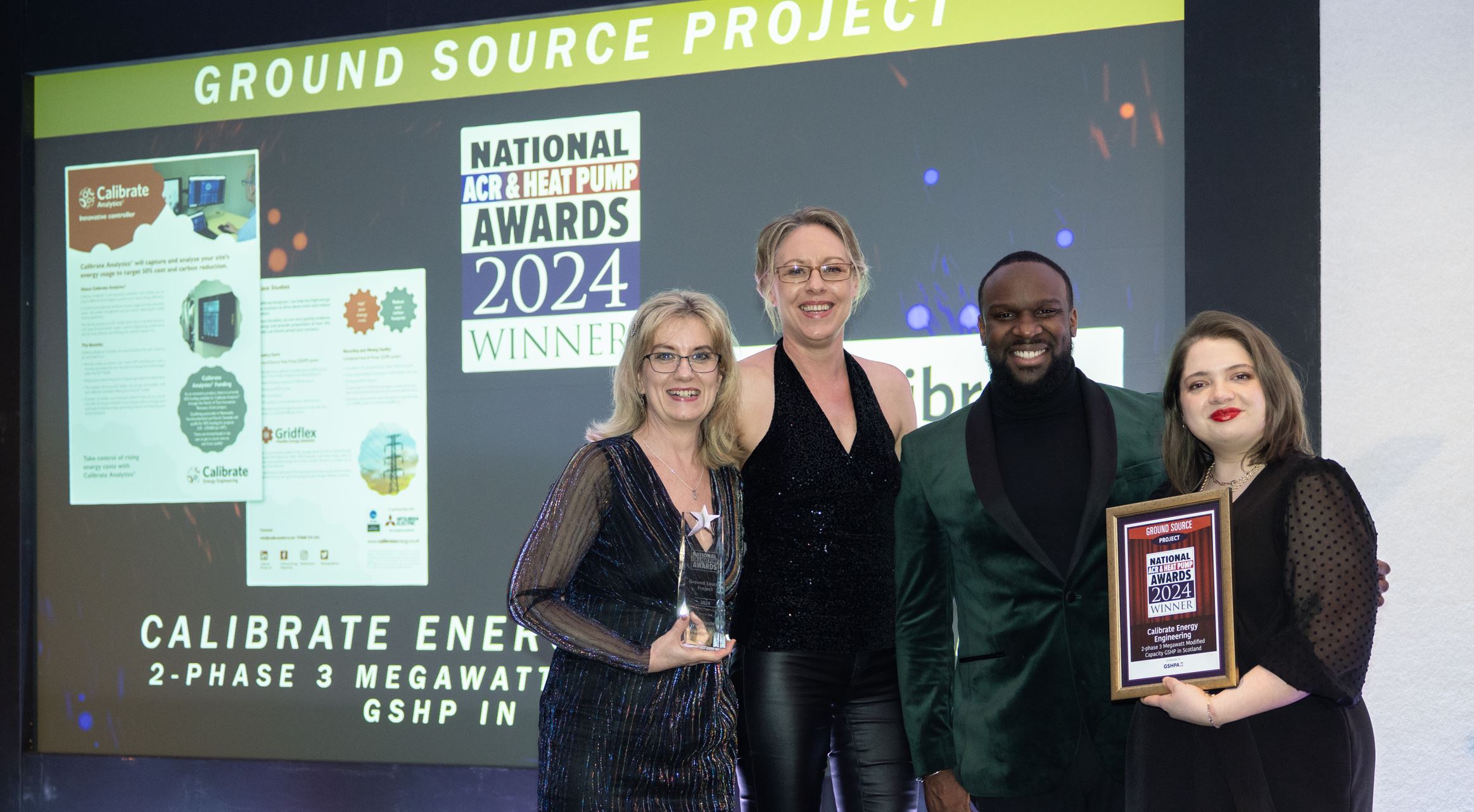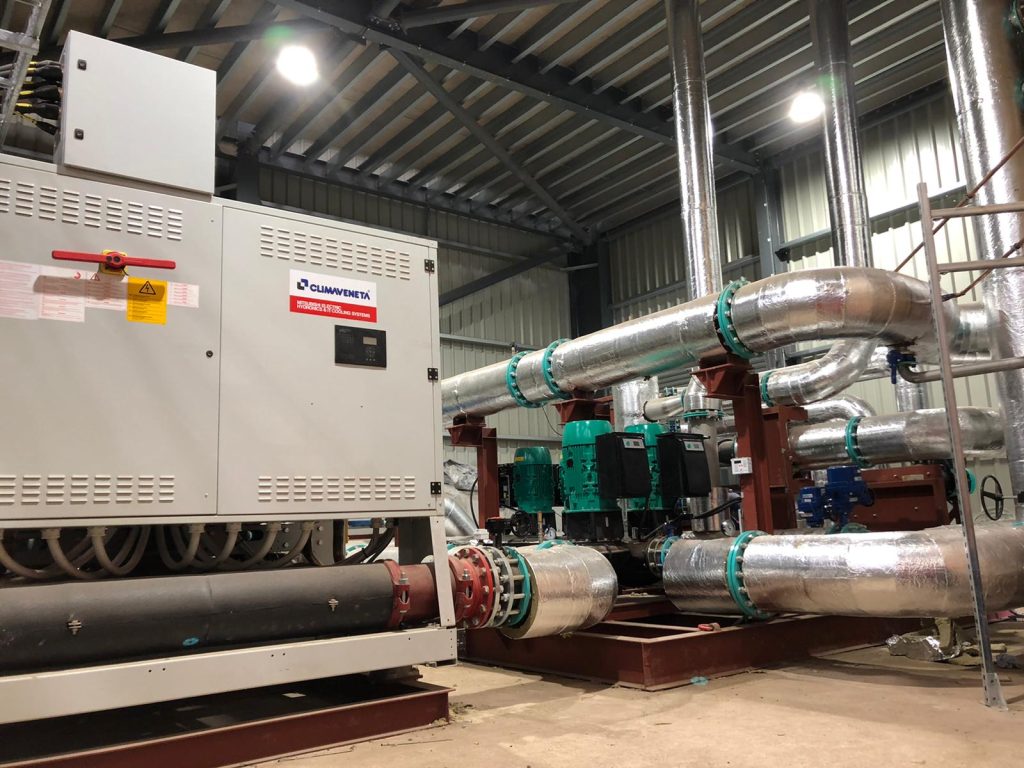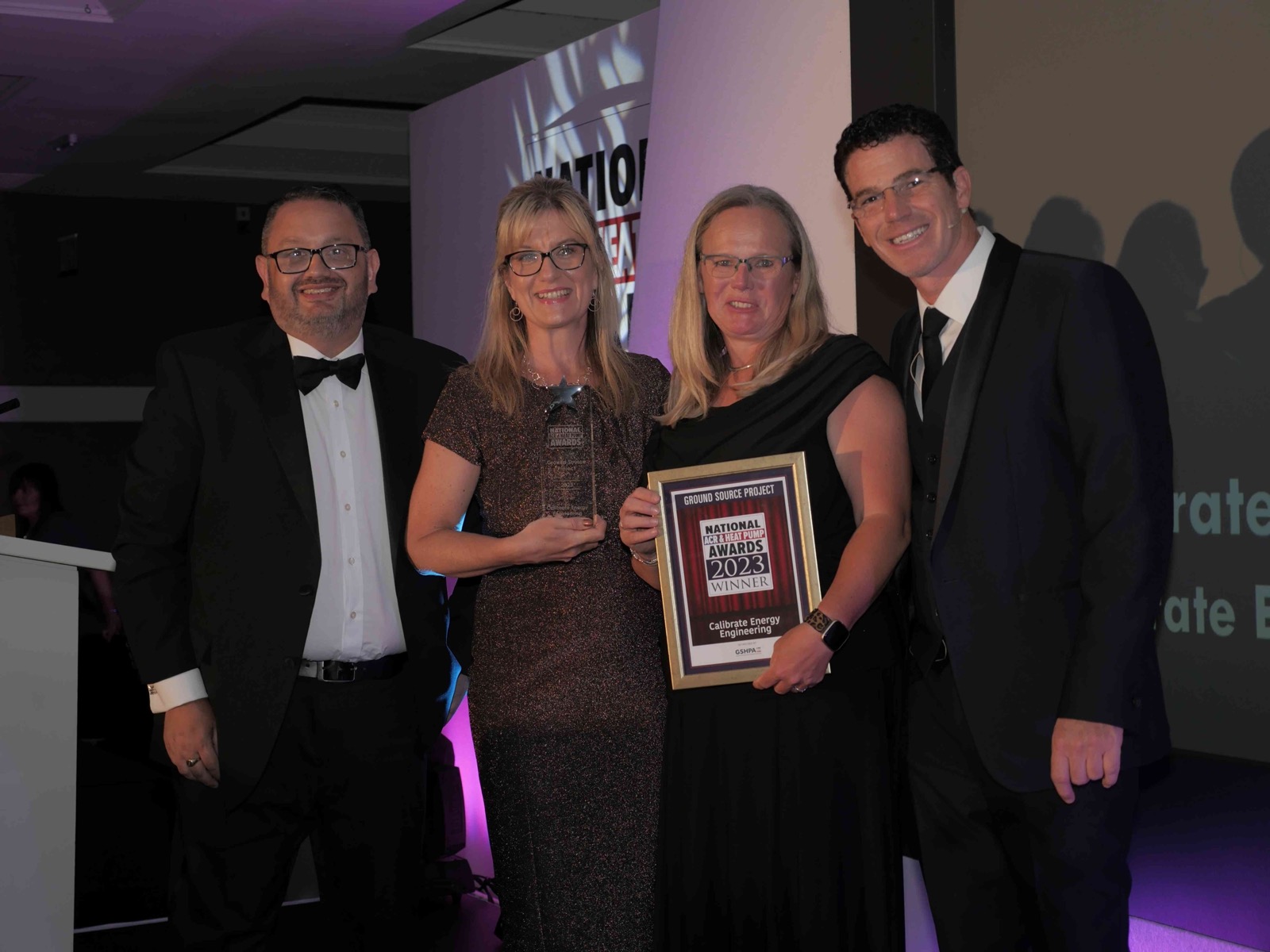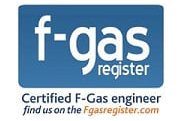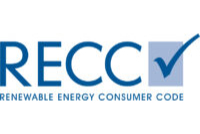Thinking about reducing your carbon footprint? GO LEAN, CLEAN & GREEN!
- Reduces waste (just look around you as to how much excess is out there)
- Saves money (there are small savings everywhere that add up to big Co² and £)
- Saves time (using New technology such as Teams and Zoom save time on travelling etc)
- Attracts and retains staff (as an employer that thinks and acts socially responsibly)
- Creates a positive culture of sustainability throughout the ethos of your company
- Positive customer message (many customers are choosing ethically-focussed businesses over alternatives)
- Strengthens your business’s reputation (it won’t create this, but a good reputation will be made stronger) Sharing carbon credentials is a great way to market your company (via PR and social media)
- Shapes your business strategy (showing how much carbon you could reduce through certain practises is a strong evidence)
- Secures better contracts (a sustainable culture in a tender situation may be the deciding factor in getting a contract or not)
- Attracts investors (evidence shows this increases with a carbon-focussed business)
- Increases your lending potential with banks and finance companies by having a Net Zero strategy
- Creates a competitive edge by not being afraid to challenge the status quo
- Manages future risks to future-proof your business long term
- Meets legislation (and avoid penalties put in place)
- Contributes to zero carbon agenda (forget 2050, aim for 2020’s)
- Sustainability helps create top level growth (leading to better bottom line)
- Mitigates against future health problems that will become prevalent if global warming and greenhouse gases increase
- Secures the economy, there is no point growing your business if there is no wider economy to sustain and support it
- Helps reduce global warming (if the planet increases by another 1.5 degrees, the damage will be irreparable)
- Less impact on the planet’s physical resources, (we are a growing population in a finite amount of space!)
And the list goes on…
What can my business do to help?
Carbon footprint is defined as the overall amount of various greenhouse gas emissions, primarily comprising carbon dioxide, emitted due to the actions and choices of an individual, organisation, or nation. Businesses contribute to a significant amount of this (lighting, heating, cooling and consumption of consumables) and if you add to this the mindset of the individuals within them, decisions made culturally by businesses can have a massive impact on the environment they do commerce in.
Each action we take leaves an imprint on carbon footprint, and simply put, reducing it can heal the environment, stop wildlife extinction, reduce health risks and improve local economies.
Practically speaking, what does reducing your carbon footprint mean to the average business?
First and foremost, reducing the impact you have on the environment has a direct link to decarbonising your business, ensuring you remain ahead of the financial and legislative curve. If rising energy and consumables costs are eroding your profits daily and still escalating, it is certainly the time to address how you can go about making your business more sustainable through reducing your carbon footprint. In top level terms, the bottom-line performance of any business is defined by incomings exceeding outgoings, but in these uncertain times, as margins narrow, the difference between profit and no profit is increasingly a result of escalating overheads. Taking a decision to reduce your business’s carbon footprint can in many ways directly and indirectly treat this ongoing headache.
Reduce, recycle, reuse
The 3 R’s will always be a good foundation to help decarbonise your business. In terms of reducing costs and carbon, a significant contributor of rising overheads is fuel. Whether it’s fuel for powering a production line, heating or cooling an office or for getting a product from a to b, fuel has become the ‘margin killer’. Lowering your energy costs and or reducing usage is the most obvious solution. In other words, reduce the amount you are paying and lessen the amount you use (energy and consumables).
It may sound obvious, and even rather nit-picky, but there is some serious impact in the small things.
Choosing who you order from can be a simple switch. For example, Amazon offer a great service but do you really need the item that quickly knowing it will be a 10cm widget in a 30cm box with all the enclosed packaging?
Businesses spend copious amounts of cash on consumables such as printing and toilet paper (and consume copious amounts of trees), we may not be able to ask employees to reduce toilet paper usage, but we can encourage employees to reduce printing where possible as this can can have a massive impact. If 100 employees reduced their paper printing by 1 or 2 pages per working day that would be at least 1 ream per employee or 100 reams per year saved. As for toilet rolls (just for the humour of it) reducing by 5 sheets per day, that’s another average of 500 rolls per year saved… Imagine all that stacked up! Cash-wise that’s around £480 per year of savings for just 2 items. Scale that up and the small things really do have a substantial impact. Plus, evidence shows that employees actively seek and value eco-friendly working culture, so it has a double benefit… If environmental impact education becomes part of the culture, it’s a triple winner!
In the wider picture, when travelling, this could be mean using more efficient routes or consolidation of routes for deliveries, or in these post-Covid days of ‘Zoom’ and ‘Teams’, even avoiding travel altogether. When it comes to heating, it could be reducing this time by 1 hour a day (think of this in terms of 365 hours per year), not just saving pounds but also reducing CO2 into the atmosphere. In terms of productivity, there are many ‘lean’ approaches out there that define more effective ways to manufacture using just in time processes, for example, avoiding production lines running 24/7 or running them at low peak times reducing electricity costs.
Lean, clean and green are a good mantra to adopt.
Changing energy supplier is also an obvious one, this is something worth visiting as there will always be a better deal out there even in these alarming times of domestic price cap hikes.
However, hereby lies the conundrum, similar to the parent trying to feed a family when no more economies can be made, where do you go when you have done all the obvious? If after you have turned all the unnecessary lights off, turned the heating down a degree, stopped the tap after 2 seconds rather than 5, when these are all addressed, if things still don’t add up, what else can be done?
You have to speculate to accumulate by making some bold business choices.
Renew
To truly future-proof your business, that is to build in financial and reputational resilience, the best investment of your time, energy and cash, is renewables. The list of options on offer is vast – ground source and air source heat pumps, combined heat and power systems, solar – or a combination of several, will transform your business into a more financially viable long term prospect with the added benefit of making a contribution to saving the planet. Even a small renewable system can eliminate the same amount of carbon emissions as burning 5000 pounds of coal a year. Imagine that removed alongside the toilet rolls and reams of paper. And we are talking small contributions here, many businesses create far more ‘waste’ than this.
It may sound rather grandiose to say so, but if every business took this step to switch to renewables as part of their capex investment, global warming would be a thing of disaster movies and not a near and present danger. We are verging on a humanitarian crisis here that requires action, not lip service.
Planetary and humanitarian issues aside, it is also only a matter of time before legislation forces businesses into alternative renewable solutions, so it is worth planning this in sooner rather than later. Install pro-active and controlled tactics rather than a forced hand when you are least prepared for it.
If you are subscribing to off-setting as a solution, see it more as a bandage rather than a cure. It has become a trend in business circles, whereby an amount is paid in return for mitigating carbon in association with that business, for example planting trees, but the cynics out there see this as more of a cash to ease conscience approach rather than dealing with the problem at source. It may be good as an additional provision, but not as a solution to dealing with carbon emissions at the heart of a business. It is mitigating, not reducing, these are distinctly different.
Instead, if each business made a commitment to replace old systems (heating, chilling and power-generating) with renewables, it would alleviate C02 beyond any off-setting agenda. It may prove the more financially expensive option at source, but the long-term savings and reduction in environmental impact even on a small scale, are BIG. Plus, the return on investment is quicker than you would think with various options for extra income, and even funding that is available. It is a case of making energy work for your business rather than against it, reducing your carbon footprint whilst benefiting your business.
If that isn’t enough to convince, CDP, a charity providing data and research on global warming to educate businesses on climate change risk, reported that companies who diligently plan and manage climate change can gain an 18% higher return on investment than businesses that do not, that’s a significant competitive advantage. Additionally, companies with sustainable products are growing 5 times faster than their non-sustainable alternatives.
However, CDP’s reports come with a warning that if businesses do not start making the necessary transformational changes to truly drive action at the required scale, the planet remains in jeopardy.
In a nutshell, it’s time for businesses to take control and start pro-actively researching the options and building decarbonisation into their business plan, before the powers-at-be force their hand, jeopardising their business instead.
For more information on renewable solutions, visit www.calibrateenergy.co.uk. We design, install and maintain ground and air source heat pumps and combined heat & power systems on a commercial scale and our mission is to make net zero a reality.



